The AI debate splitting the tech world, explained.
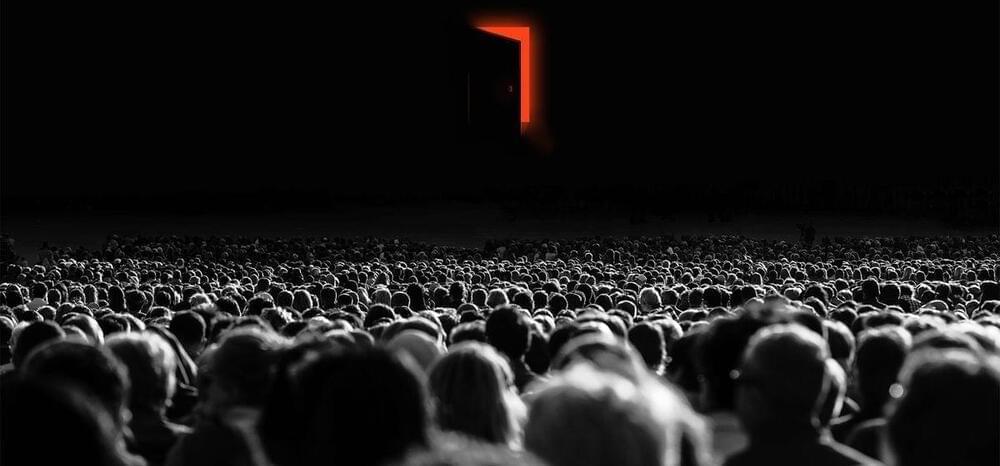

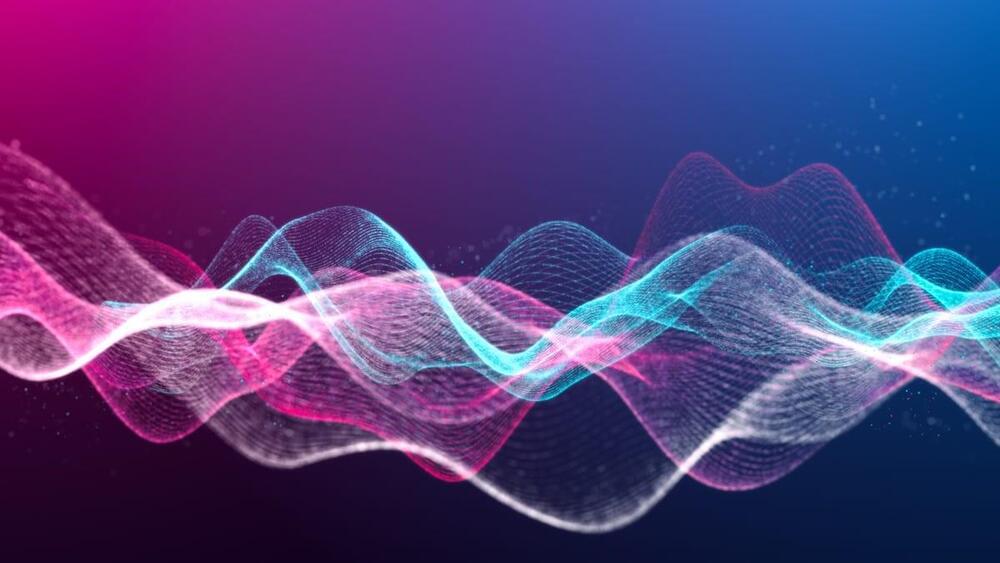
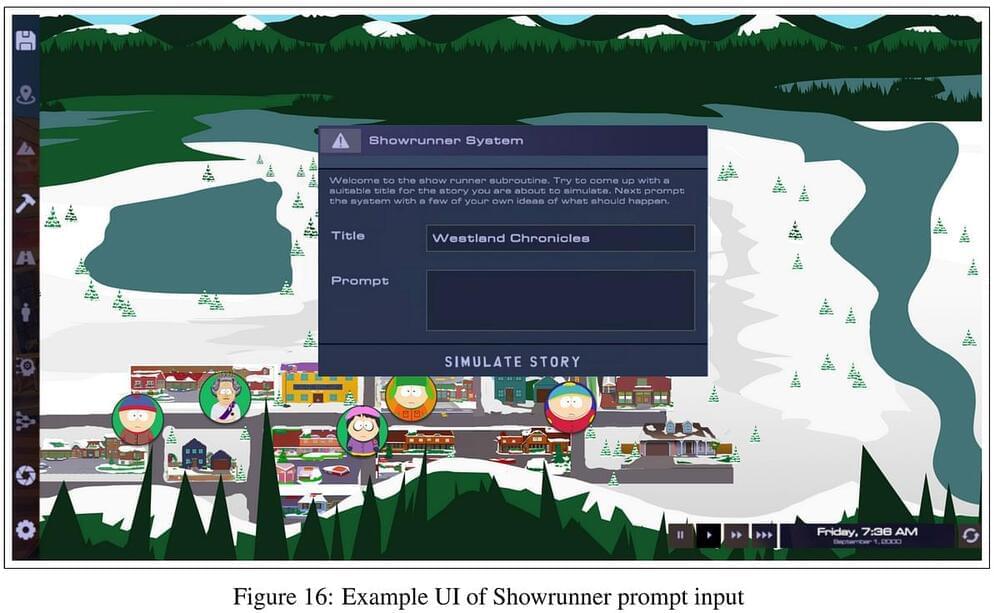
An intriguing new artificial intelligence project called “The Simulation” is exploring the possibility of autonomously creating new episodes of the hit animated series South Park. Researchers from Fable Studios have published a paper detailing their approach, which combines multi-agent simulations, large language models, and custom visual generation systems.
The goal is to develop an AI “showrunner” agent that can generate high-quality, customized story content aligned with the style, characters, and sensibilities of South Park. The system would allow users to essentially “program” their own new episodes by providing high-level prompts and guidance.
Key to the approach is the use of a simulated South Park world, populated by digital versions of characters like Cartman, Kyle, and Stan. This provides context and backstory to seed the creative process. Users can influence events and character behaviors within the simulation to set up storylines.
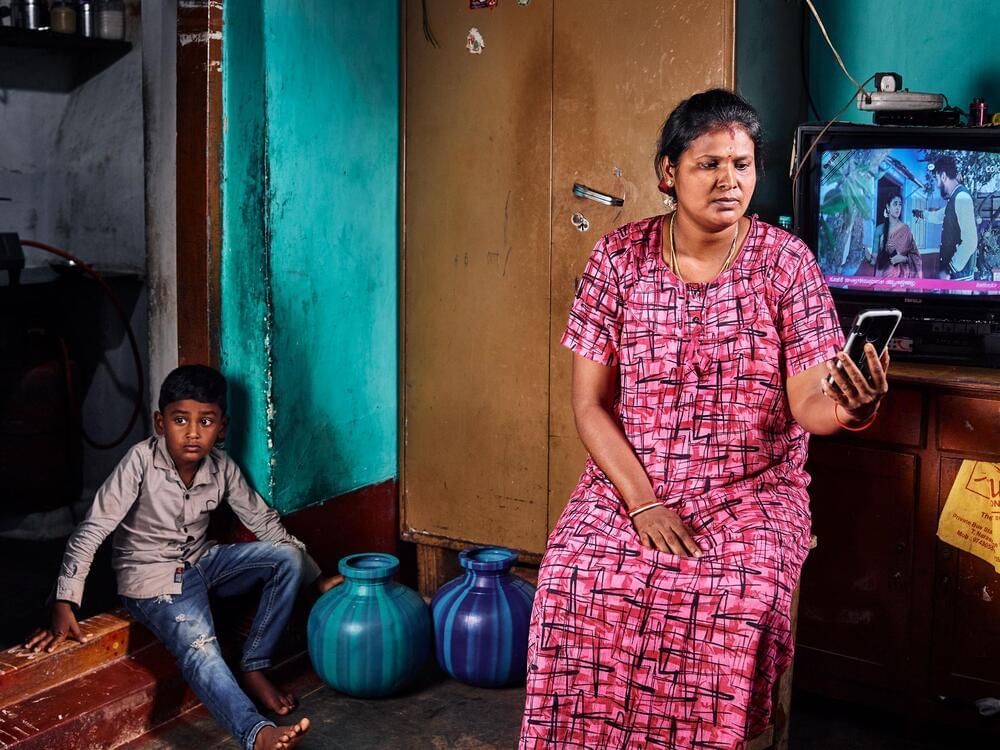
In the shade of a coconut palm, Chandrika tilts her smartphone screen to avoid the sun’s glare. It is early morning in Alahalli village in the southern Indian state of Karnataka, but the heat and humidity are rising fast. As Chandrika scrolls, she clicks on several audio clips in succession, demonstrating the simplicity of the app she recently started using. At each tap, the sound of her voice speaking her mother tongue emerges from the phone.
Before she started using this app, 30-year-old Chandrika (who, like many South Indians, uses the first letter of her father’s name, K., instead of a last name) had just 184 rupees ($2.25) in her bank account. But in return for around six hours of work spread over several days in late April, she received 2,570 rupees ($31.30). That’s roughly the same amount she makes in a month of working as a teacher at a distant school, after the cost of the three buses it takes her to get there and back. Unlike her day job, the app doesn’t make her wait until the end of the month for payment; money lands in her bank account in just a few hours. Just by reading text aloud in her native language of Kannada, spoken by around 60 million people mostly in central and southern India, Chandrika has used this app to earn an hourly wage of about $5, nearly 20 times the Indian minimum. And in a few days, more money will arrive—a 50% bonus, awarded once the voice clips are validated as accurate.
Read More: Gig Workers Behind AI Face ‘Unfair Working Conditions,’ Oxford Report Finds

Ever dreamed of creating your perfect partner? Now you can with AI, thanks to a new project from prominent VC firm Andreessen Horowitz (a16z).
The Silicon Valley heavyweight has uploaded a tutorial to GitHub outlining how to create customizable “AI companions” with configurable personalities and backstories.

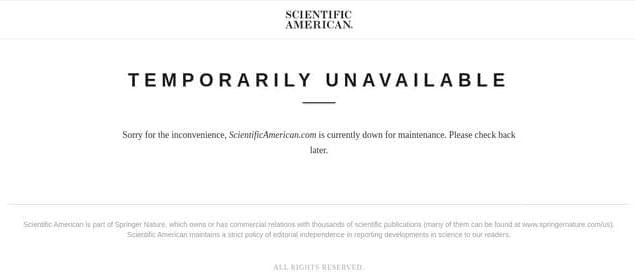


Eukaryotes organize cellular contents into membrane-bound organelles and membrane-less condensates, for example, protein aggregates. An unsolved question is why the ubiquitously distributed proteins throughout the cytosol give rise to spatially localized protein aggregates on the organellar surface, like mitochondria. We report that the mitochondrial import receptor Tom70 is involved in the localized condensation of protein aggregates in budding yeast and human cells. This is because misfolded cytosolic proteins do not autonomously aggregate in vivo; instead, they are recruited to the condensation sites initiated by Tom70’s substrates (nascent mitochondrial proteins) on the organellar membrane using multivalent hydrophobic interactions. Knocking out Tom70 partially impairs, while overexpressing Tom70 increases the formation and association between cytosolic protein aggregates and mitochondria. In addition, ectopic targeting Tom70 and its substrates to the vacuole surface is able to redirect the localized aggregation from mitochondria to the vacuolar surface. Although other redundant mechanisms may exist, this nascent mitochondrial proteins-based initiation of protein aggregation likely explains the localized condensation of otherwise ubiquitously distributed molecules on the mitochondria. Disrupting the mitochondrial association of aggregates impairs their asymmetric retention during mitosis and reduces the mitochondrial import of misfolded proteins, suggesting a proteostasis role of the organelle-condensate interactions.
